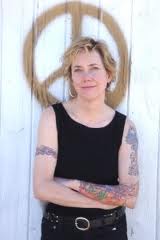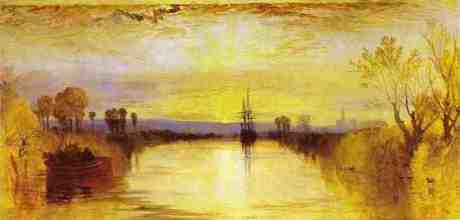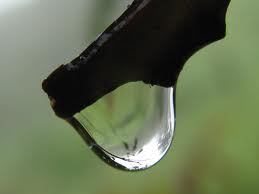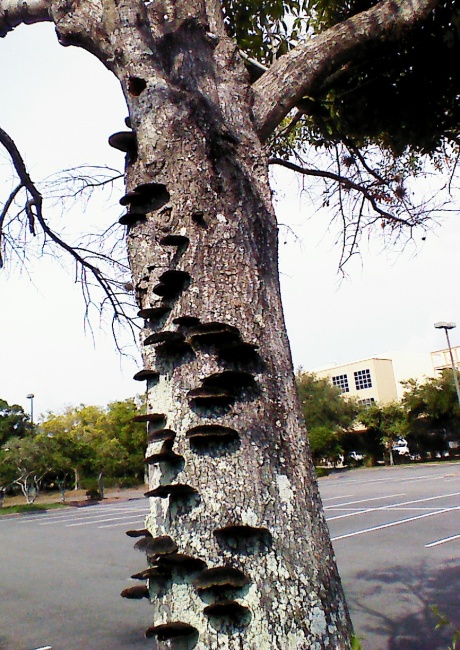
Punk, photography, drugs, dissolution and the Maine coast? What’s not to like? I started this a few years ago and finally finished it a couple of months ago. Truthfully, I think the reason I put it down in the first place was that I didn’t care how the mystery was resolved, who the culprit was. It was pretty obvious anyway. The ideas behind the book are what fascinated me, and seeing from another review on here that part of it is likely autobiographical makes me want to hug the author and hang out with her.
I love outsider art, so called, and in a way the art created by the commune in the novel is the ultimate example of that. It’s so creepy, but at the same time familiar and understandable to me. Going off the rails, and the grid, and moving to a remote area with your compadres, creating a way of living and a society that allows you to indulge your impulses is attractive to me. It’s a cool idea, in theory, but the incestuousness, not necessarily in a literal way, of living like this can give rise to some weirdness that isn’t exactly the good kind. When your only frame of reference is yourself, and those like you, and you intentionally limit your contacts with the “outside” world in order to more purely refine the art of your life and of your work, the corruption can arise and consume you without your knowing it.
Patti Smith came to mind a number of times while I was reading this. Easter is my favorite album of hers, another example of the magic that can occur with a lot of third albums. There’s the first album, frequently work which has been developed and honed over years. The second contractually obligated album which is often a rush job, the band or artist being pushed by execs to get something out fast to capitalize (literally!) on the success of the first. The third is often more of a consistent artistic statement, its artistry combining the magical spark of the first album with artistic integrity hard won in the struggles with the suits.
This digression was brought to mind by the song Rock and Roll Nigger on Easter. In Generation Loss, outside of society is where they wanted to go, and so they did. As happened with a lot of the communes formed in the 60s, this society ate itself in a way. All the beautiful idealistic dreams last for a while, at least until the internal pressures which develop when you are so strenuously trying to exclude the “corrupting” influences of the outside world cause the fantasy to decay, or explode, or both. Nothing can exist and be healthy in isolation. It’s just the way the world works. The gleam becomes tarnished, and furious attempts to desperately shine it up again and return it to its former lustrousness result, tragically, in totally erasing the glow and showing the unvarnished truth. The truth of the situation can’t be handled, and subsequently disillusionment, dissolution and decay result. Utopias can’t exist in the real world, but as hopeful (and frequently somewhat delusional) humans we keep making our futile and vain attempts to create them. Hope does indeed spring eternal, but in order to taste the pure source, first we have to remove all the rotting leaves that will eventually sour the water. Sometimes we even have to allow outside sources of which we might be suspicious to enter and wash away some of the dreck. This can be threatening at first but ultimately, if one is open to it, will be seen as of benefit. It is important for the artist to guard his core integrity and make sure it is only enhanced, not tainted at its source, by the fresh input. Only through this process can he continue to create works which will astonish and delight both him and his audience.








